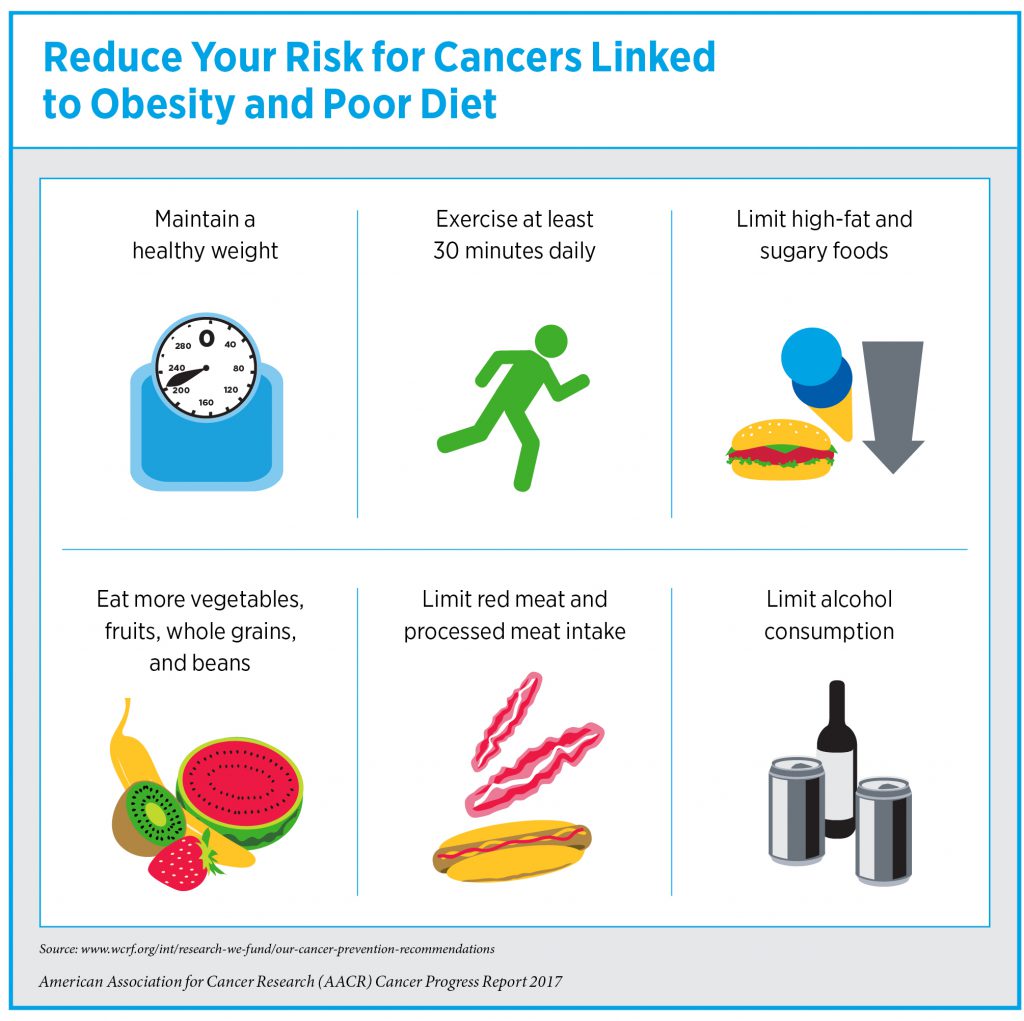Is BMI the Best Measure for Obesity?
The concept of body mass index, or BMI, was introduced in the 19th century by the Belgian statistician Adolphe Quetelet. Quetelet sought to define “L’homme Moyen,” or the “Average Man,” an individual that fell within the “normal distribution” in terms of physical, moral, and social characteristics. His Quetelet Index – a measurement of height in meters divided by weight in kilograms squared – is still used to measure BMI today.
In 1985, the National Institutes of Health (NIH) published a statement in response to the growing obesity epidemic. Here, they stated that a BMI of 27.8 or greater for men and 27.3 or greater for women was strongly associated with significant health risks. These numbers were further categorized in later years – for both men and women, a BMI of 25 or greater is considered overweight, and a BMI of 30 or greater is considered obese.
Today, over one-third of Americans are considered obese, as measured by BMI.
But is BMI the best way to measure body fatness? Research suggests that this method has flaws, a key limitation being that BMI cannot differentiate between bone density, muscle mass, and body fat. Furthermore, as we age, our muscle mass tends to decrease while our fat mass tends to increase, yet our overall weight may remain roughly the same, resulting in no change to our BMI.

Estimations of body fat beyond BMI include measurements with calipers and waist-to-hip ratio measurements.
However inaccurate, BMI is the most convenient way to classify body fat mass and obesity. There are, on the other hand, better methods to measure whole body fat levels. These include underwater weighing, bioelectrical impedance, measurements with calipers, waist-to-hip ratio measurements, and dual-energy X-ray absorptiometry (DXA). While these methods may be better than BMI at calculating body fat levels, they also have drawbacks, such as user error, lack of access, and expense.
“BMI is imperfect,” says Elizabeth Platz, ScD, MPH, cancer epidemiologist from the Johns Hopkins Bloomberg School of Public Health. “On the other hand, BMI gets used because it’s so easy to calculate. More accurate methods to measure body fat levels exist, but they aren’t practical for large cohort studies with thousands of people. Epidemiologists are still getting some answers ranking by BMI. Sometimes our tools are crude, but they are still giving us some information.”
Still, an individual with a healthy BMI may not have healthy levels of body fat.
A “healthy” BMI does not preclude your risk of obesity-related disease
If you’re part of the minority of Americans that falls into the “healthy” category as measured by BMI, you may still have unhealthy body fat levels, which could increase your risk for cancer.
A study presented earlier this year at the American Association for Cancer Research (AACR) Special Conference Obesity and Cancer: Mechanisms Underlying Etiology and Outcomes found that postmenopausal women with a normal BMI but higher levels of whole body fat had an increased risk of invasive breast cancer.
The researchers only investigated postmenopausal women with a “healthy” BMI (18.5 to <25), and they measured whole body fat levels via DXA. They compared women in the lowest quartile of whole body fat mass to women in the highest quartile, and found that women with higher body fat levels had roughly twice the risk for estrogen receptor (ER)-positive breast cancer. They also found that for every 5 kilogram increase of whole body fat, the risk of ER-positive breast cancer increased by 35 percent, even with a normal BMI.
In another study, published in the AACR journal Cancer Research, researchers found that African-American women with type 2 diabetes (T2D) may have an increased risk of ER-negative breast cancer. Notably, T2D was associated with increased risk of ER-negative breast cancer among non-obese women, but not among obese women. This study categorized obesity in terms of BMI, and did not measure body fat levels via an alternative method.
The study’s author, Julie R. Palmer, ScD, associate director of Boston University’s Slone Epidemiology Center, hypothesized that the abnormal metabolic status associated with T2D may play a larger role in the development of ER-negative breast cancer than obesity.
Metabolic health as a risk factor for cancer
Many individuals that have a high BMI also have metabolic syndrome, a collection of risk factors that affects metabolic health. As defined by the NIH, to have metabolic syndrome, an individual must have at least three of the following five characteristics: large waist circumference, high levels of triglycerides in the blood, low levels of HDL cholesterol, elevated blood pressure, or high levels of fasting blood glucose.

While these risk factors are often found in those who are obese, individuals with a healthy BMI can also have metabolic syndrome. “Even though poor metabolic health is usually associated with obesity, 30 percent of normal-weight adults are believed to be metabolically unhealthy worldwide,” said Xiaoyun Liang, MD, PhD, associate professor at Beijing Normal University in China in this AACR press release.
Liang’s study looked at the increased risk of colorectal cancer among non-obese postmenopausal women with poor metabolic health. Here, the women were considered to have metabolic syndrome if they had two or more of the risk factors excluding a large waistline. Liang and colleagues found that postmenopausal women with metabolic syndrome were more than twice as likely to develop colorectal cancer compared to their metabolically healthy counterparts.
Another study published in Cancer Epidemiology, Biomarkers and Prevention found that women age 65 and older had an increased risk of endometrial cancer if they had metabolic syndrome. This association remained significant even when the researchers adjusted for overweight/obesity.
The bottom line
Despite its limitations, obesity as calculated by BMI has been causally linked to 14 types of cancer. The underlying causes that link obesity and cancer are not fully understood, yet several mechanisms have been implicated in disease progression, as highlighted in a previous post on this blog.
Even if BMI doesn’t represent the entire picture of fitness, aspects of a healthy lifestyle – such as frequent exercise, mindful eating, and limiting our consumption of alcoholic beverages – are preventative measures that can lower our cancer risk.




